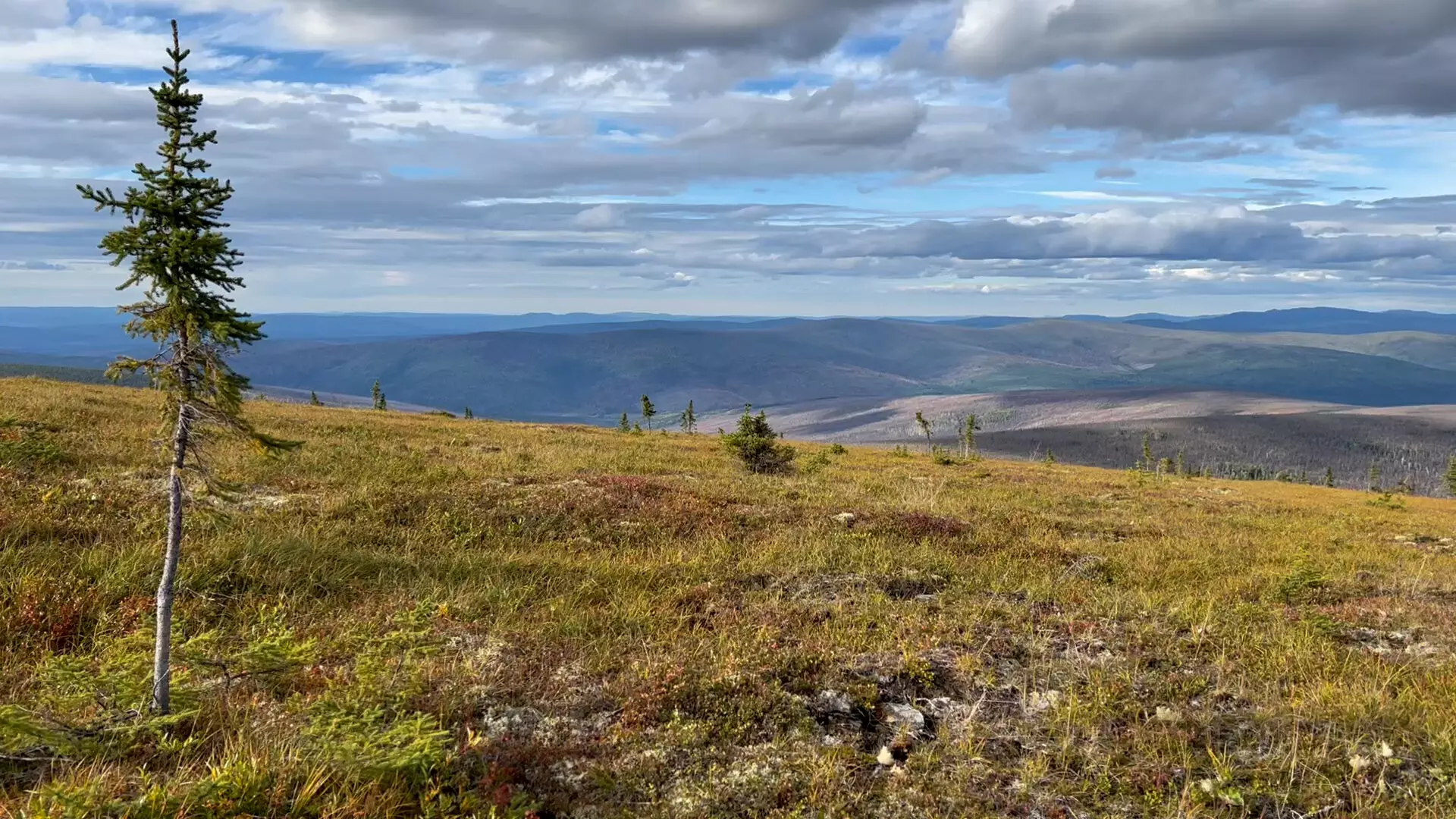The far northern reaches of our planet are undergoing profound transformations due to climate change, specifically within the realm of vegetation in forests and tundras. As global temperatures rise, the structures and compositions of these vital ecosystems are shifting in ways that carry significant ecological consequences. Research led by NASA indicates these trends will persist at least until the end of the century, with potential implications for both carbon storage and permafrost dynamics. This article delves into the details of these changes and their broader implications on our planet’s climate and ecosystem.
NASA’s recent studies underscore a concerning trend: an increase in tree and shrub density in areas of the tundra, traditionally characterized by moss, grasses, and limited arboreal growth. This transformation signifies not just a local ecological shift but also hints at wider climatic impacts. Boreal forests, which span between 50 and 60 degrees north latitude across expansive regions of Alaska, Canada, Scandinavia, and Russia, have historically served as a crucial buffer against rising levels of carbon dioxide (CO2) in the atmosphere. Scientists predict that as the climate warms, this trend of increased vegetation in tundra regions will continue, possibly leading to pivotal ecological and climatic repercussions over the upcoming decades.
The data that informed this alarming conclusion stemmed from extensive satellite missions, particularly the Ice, Cloud, and land Elevation Satellite 2 (ICESat-2) and the Landsat missions. These sources provided millions of data points that researchers utilized to analyze and model vegetation changes over time. Particularly from the years 1984 to 2020, researchers noted a marked increase in vegetative growth patterns that aligned closely with climate models predicting ongoing change. This not only reinforces the anticipated ecological landscape but also raises questions about the adaptive capacity of these forest systems in response to rapid climatic changes.
Implications for Carbon Storage and Permafrost Dynamics
One of the most significant aspects of these shifts is the potential impact on carbon dynamics. Enhanced vegetation growth can serve as a double-edged sword. On one hand, more robust tree and shrub growth may lead to a greater uptake of CO2 through photosynthesis, potentially mitigating some impacts of human-induced emissions. However, on the flip side, as new vegetation thrives, more sunlight is absorbed, which can exacerbate permafrost thawing. This thawing releases ancient carbon, stored as CO2 and methane, from deep within the soil—further accelerating climate change processes.
The interaction between growing forests and thawing permafrost presents a complex feedback loop. While more biomass might appear beneficial for carbon sequestration, the concurrent release of stored greenhouse gases could negate those gains, generating a net-positive feedback to the climate system. Such dynamics emphasize the critical need for comprehensive models that consider both biological and geological components of these ecosystems.
The methodologies employed in NASA’s research are noteworthy. Combining machine learning with extensive satellite data allows scientists to draw meaningful conclusions from what is referred to as “big data” projects. The use of laser instruments in the ICESat-2 mission to measure vegetation heights from space showcases the cutting-edge technology being leveraged to tackle environmental questions. By analyzing nearly 20 million data points alongside tens of thousands of satellite images, scientists can glimpse a vivid and detailed picture of the evolving northern landscapes.
Each new piece of data helps refine climate models that predict future scenarios of forest structure, providing critical insights into how ecosystems might evolve under various temperature and precipitation conditions. This is essential for developing adaptive management strategies for biodiversity conservation and climate resilience.
As the effects of climate change ripple through northern forests and tundras, understanding these complex dynamics becomes increasingly urgent. The need for comprehensive research and action is paramount, not only to preserve these rich ecosystems but also to mitigate the broader effects on global climate. With ongoing studies like those from NASA illuminating the intricate relationships between vegetation, carbon cycles, and permafrost, scientists and policymakers must work hand in hand. Only then can we hope to navigate the challenges posed by a warming planet, preserving the ecological balance and ensuring a sustainable future for generations to come.

